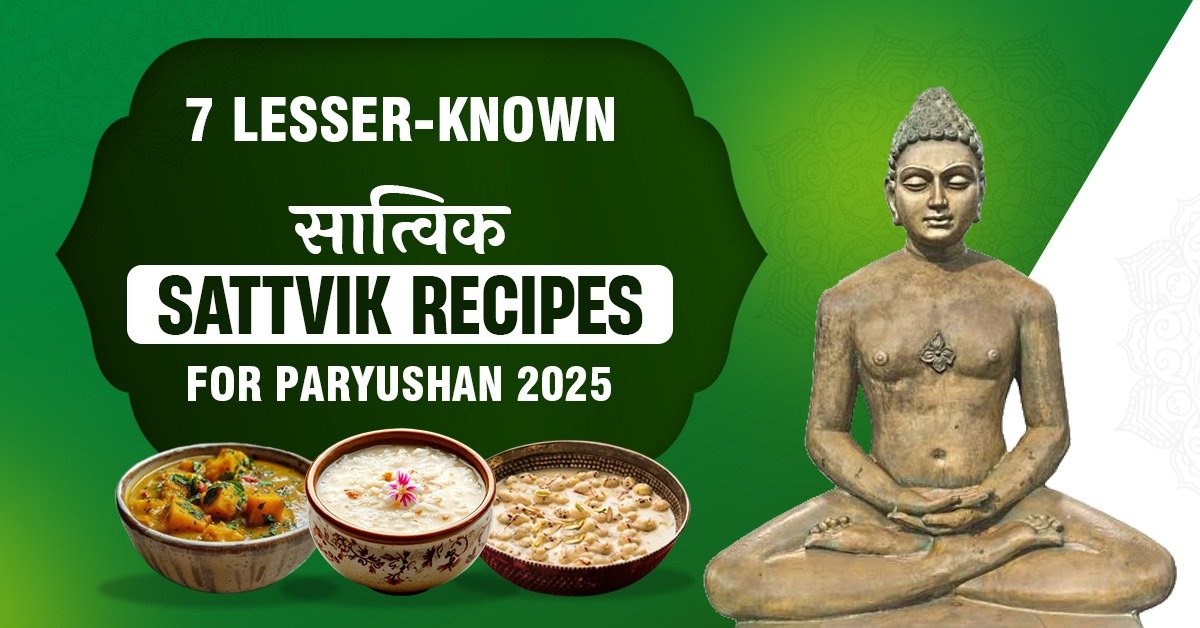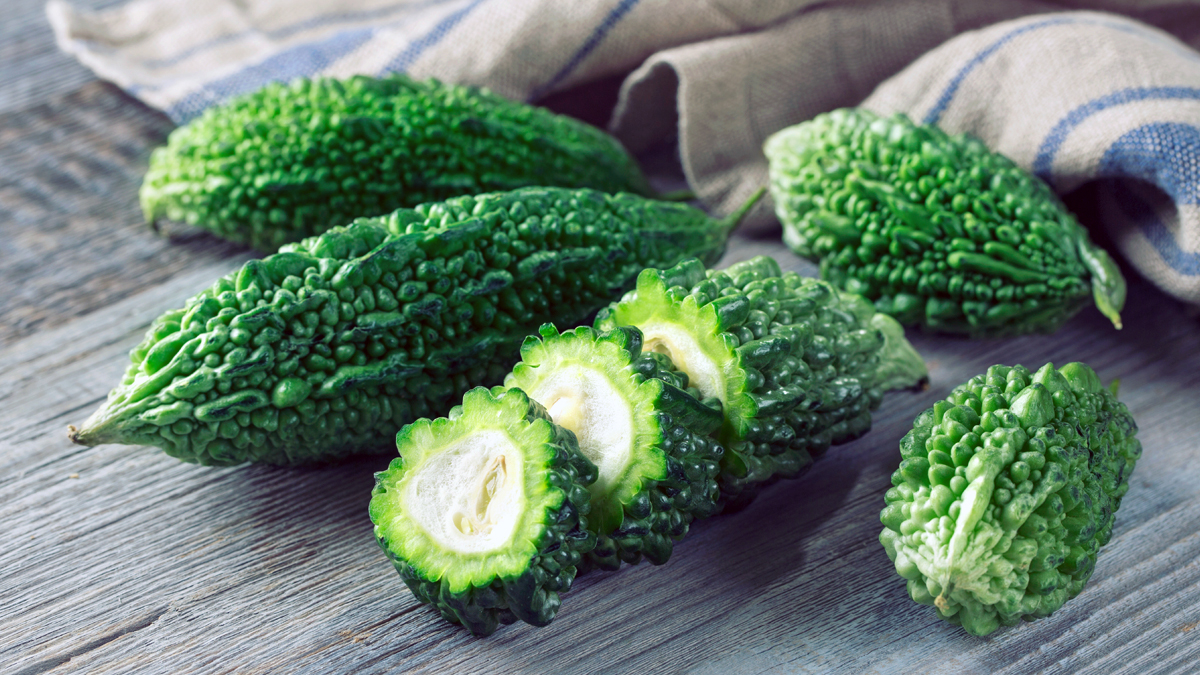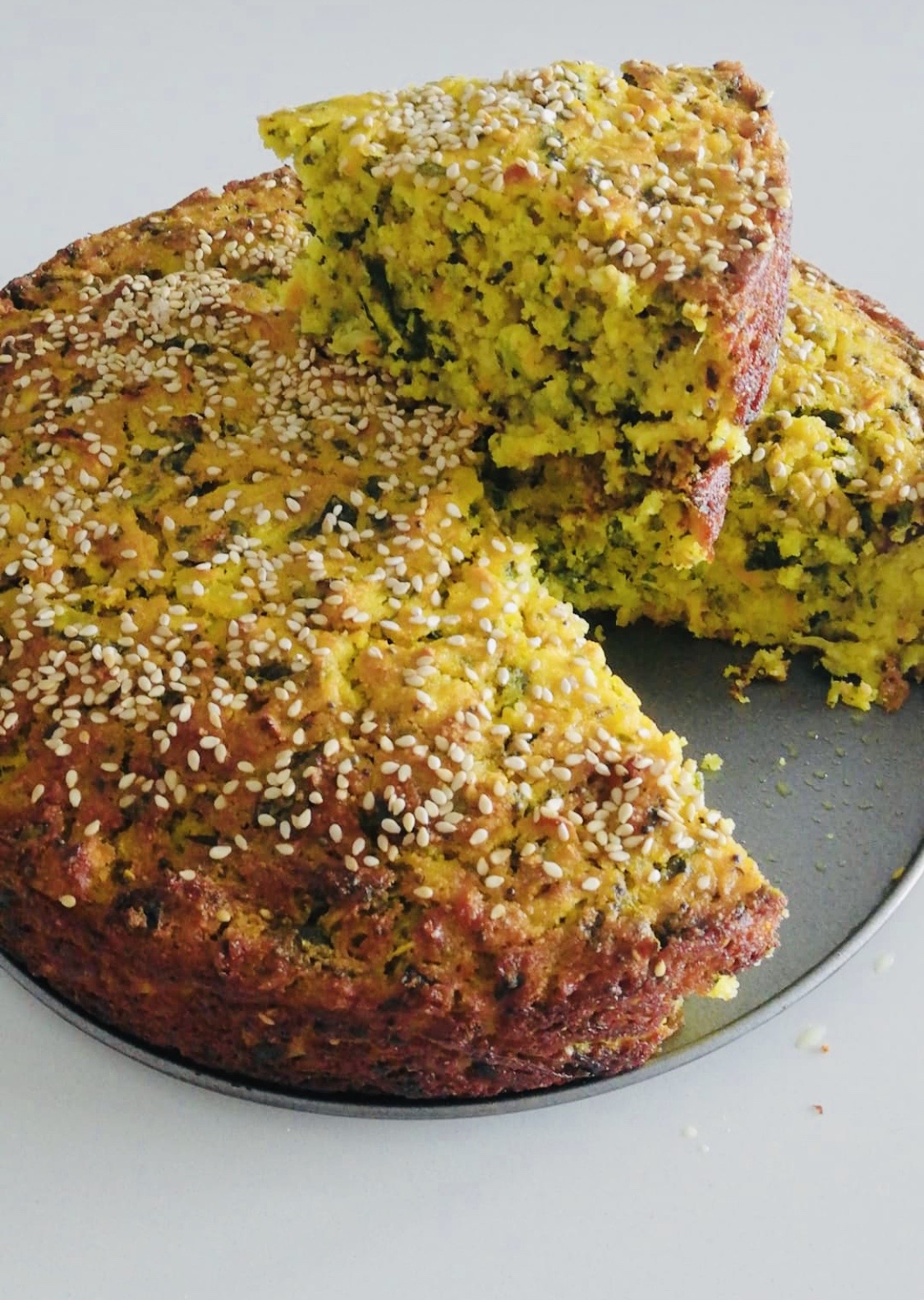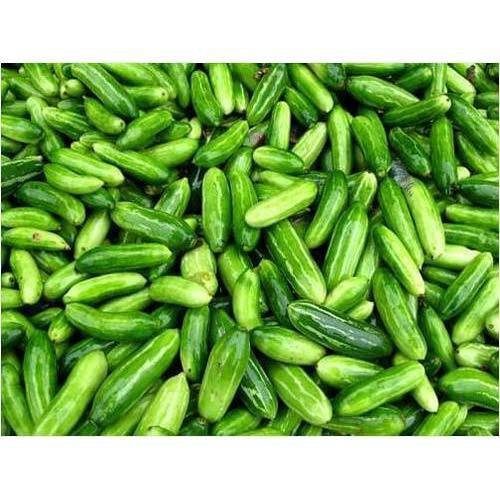
7 Lesser-Known Sattvic Recipes for Paryushan 2025
Paryushan 2025, a significant Jain festival (20–27 August), is a time for spiritual reflection, fasting, and embracing purity. Kitchens across India come alive with traditional sattvic recipes for Paryushan 2025, featuring dishes like Lauki Chana Dal, Sama ke Chawal Khichdi, and Dates & Coconut Ladoo—pure, light, and nourishing.

While dishes like Sabudana Khichdi and Sama ke Chawal are popular, the following sattvic recipes for Paryushan 2025 are lesser-known gems that adhere to Jain dietary principles (avoiding root vegetables, garlic, onions, and fermented foods). These unique recipes bring variety and intrigue to your festive table, offering fresh inspiration for your audience.
What is Paryushan?
Paryushan is an annual holy festival for the Jain community, rooted in Jainism, typically celebrated in August, September, or October during the Shukla Paksha of the Bhadrapada month in the Hindu calendar. This sacred period, lasting eight days for Svetambara Jains and ten days for Digambara Jains, emphasizes spiritual intensity through fasting, prayer, and meditation. Jains focus on the five main vows—non-violence, truthfulness, non-stealing, chastity, and non-attachment—to purify the soul and deepen their spiritual practice.
Why is Paryushan Considered a Tough Fast?
Paryushan fasting is a rigorous spiritual discipline. Svetambara Jains, particularly sravakas (laypeople), may undertake fasts lasting from a few days to eight days or more, consuming only boiled water between sunrise and sunset. Some opt for stricter fasts, like upavas, abstaining from food entirely, while others practice partial fasting with sattvic recipes for Paryushan. The focus is on self-discipline, detachment from material desires, and adherence to non-violence, making the fast both physically and spiritually demanding.
7 Lesser-Known Sattvic Recipes for Paryushan 2025
-
Raw Banana Curry (Kela nu Shaak)

Raw Banana Curry (Kela nu Shaak) Ingredients:
-
2 raw bananas (peeled & cubed)
-
1 cup diced tomatoes
-
1 tsp cumin seeds
-
1 tsp green chili paste
-
½ tsp turmeric
-
1 tsp coriander powder
-
Salt to taste
-
1 tbsp ghee
-
1 cup water
-
Fresh coriander for garnish
Method:
-
Peel and cube raw bananas, boil lightly until tender.
-
Heat ghee in a pan, add cumin seeds.
-
Add tomatoes, chili paste, turmeric, coriander powder, and salt. Cook till tomatoes soften.
-
Add boiled banana cubes and water. Simmer for 8–10 minutes.
-
Garnish with coriander.
Why it’s sattvic: Raw bananas are Jain-friendly, light, and filling — a wholesome replacement for root-based curries during Paryushan.
-
-
Karela Muthia (Bitter Gourd Steamed Dumplings)
 A steamed, spiced bitter gourd dish, perfect for fasting days.
A steamed, spiced bitter gourd dish, perfect for fasting days.
– Ingredients:
- 1 cup grated bitter gourd (karela),
- ½ cup rajgira flour, ¼ cup besan (chickpea flour),
- 1 tsp green chili paste, 1 tsp cumin powder, salt to taste,
- 1 tsp lemon juice,
- 1 tsp ghee for tempering, mustard seeds for garnish.
– Method: Squeeze excess water from grated karela. Mix with flours, chili paste, cumin powder, salt, and lemon juice to form a dough. Shape into small logs and steam for 15 minutes. Slice and temper with ghee and mustard seeds.
– Why it’s sattvic: Bitter gourd is rarely featured in festive recipes due to its strong flavour, but its health benefits (like blood purification) and steamed preparation make it a light, sattvic choice that surprises with its delicate taste.
-
Singhada Halwa (Water Chestnut Flour Pudding)

A subtly sweet dessert made with water chestnut flour.
– Ingredients:
- ½ cup singhada flour (water chestnut flour),
- ¼ cup ghee, ½ cup jaggery (grated),
- 1 cup water,
- ½ tsp cardamom powder,
- 1 tbsp chopped almonds.
– Method: Heat ghee in a pan, roast singhada flour until golden. Add water and jaggery, stirring continuously to avoid lumps. Cook until thickened. Add cardamom and almonds. Serve warm.
– Why it’s sattvic: Singhada flour is less common than rajgira or sabudana in sweets, offering a smooth, nutty texture that’s both fasting-friendly and a novel treat for Paryushan.
-
Strict-Fasting Dudhi Handvo (Curd-Free Version)

Ingredients:
-
1 cup sama rice flour (barnyard millet)
-
½ cup grated bottle gourd (dudhi)
-
1 tsp green chili paste
-
1 tsp cumin seeds
-
Salt to taste
-
1 tbsp ghee
-
1 tsp fruit salt (Eno)
-
Water as needed
Method:
-
Mix sama rice flour, grated dudhi, chili paste, cumin, and salt with enough water to make a thick batter.
-
Just before steaming, add fruit salt (Eno) and mix lightly.
-
Grease a tin with ghee, pour the batter, and steam for 20 minutes (or bake at 180°C for 25 minutes).
-
Slice and serve warm.
Why it’s sattvic: This version avoids curd and remains light, nutritious, and Jain-compliant while retaining the festive feel.
-
Phool Makhana Kheer (Fox Nut Pudding)

A creamy dessert made with fox nuts, perfect for festive indulgence.
– Ingredients:
- 1 cup roasted phool makhana (fox nuts),
- 2 cups milk (or plant-based milk),
- ¼ cup jaggery,
- ½ tsp cardamom powder,
- 1 tbsp chopped pistachios.
– Method: Roast makhana until crisp. Boil milk, add makhana, and simmer for 15 minutes. Add jaggery and cardamom, stirring until dissolved. Garnish with pistachios.
– Why it’s sattvic: Phool makhana is an underutilized fasting ingredient, offering a light, crunchy texture that elevates this kheer into a unique Paryushan dessert.
-
Tindora nu Shak (Ivy Gourd Stir-Fry)
 A simple stir-fry with ivy gourd, a Jain-friendly vegetable.
A simple stir-fry with ivy gourd, a Jain-friendly vegetable.
– Ingredients:
- 1 cup sliced tindora (ivy gourd),
- 1 tsp cumin seeds,
- ½ tsp turmeric,
- 1 tsp green chili paste,
- salt to taste,
- 1 tbsp ghee,
Fresh coriander for garnish.
– Method: Heat ghee, add cumin seeds, and sauté. Add tindora, turmeric, chili paste, and salt. Cook on low heat until tender, about 10–12 minutes. Garnish with coriander.
– Why it’s sattvic: Tindora is less commonly featured in Paryushan recipes, but its crisp texture and mild flavor make it a refreshing, sattvic side dish that’s easy to prepare.
-
Khus Khus Payasam (Poppy Seed Milk Pudding)

A rare, creamy pudding made with poppy seeds.
– Ingredients:
- ¼ cup poppy seeds (khus khus),
- 2 cups milk (or plant-based milk),
- ¼ cup jaggery,
- ½ tsp cardamom powder,
- 1 tbsp chopped cashews.
– Method: Soak poppy seeds for 2 hours, then blend into a paste. Heat milk, add poppy seed paste, and simmer for 10 minutes. Add jaggery and cardamom, stirring until dissolved. Garnish with cashews.
– Why it’s sattvic: Poppy seeds are rarely used in Jain desserts, offering a rich, nutty flavor that makes this payasam a distinctive and sattvic treat for Paryushan.
Do’s and Don’ts for Preparing Sattvic Recipes for Paryushan 2025

To ensure your meals align with the spiritual and dietary principles of Paryushan, follow these do’s and don’ts, each backed by valid reasons rooted in Jain philosophy and sattvic cooking practices.
Do’s | Paryushan 2025
- Use Fresh, Seasonal Ingredients
– Reason: Fresh ingredients like bottle gourd, ivy gourd, and fruits carry vital energy (prana), promoting physical and spiritual well-being. Jainism emphasizes non-violence, and fresh produce minimizes harm to living organisms compared to stored or processed foods.
- Cook with Mindfulness and Positive Intent
– Reason: Paryushan emphasizes purity of thought and action. Cooking with a calm, positive mindset infuses the food with good energy, aligning with the festival’s focus on spiritual purification and non-violence.
- Use Minimal Spices and Simple Flavours
– Reason: Sattvic foods are light and easy to digest, supporting the body during fasting. Overly spicy or complex flavors can stimulate the senses excessively, countering the goal of detachment and simplicity.
- Opt for Permitted Alternatives Like Yam or Plantain
– Reason: Jain dietary rules prohibit root vegetables (like potatoes, onions, and garlic) as harvesting them may harm microorganisms and the plant’s life cycle. Using above-ground alternatives like yam or plantain ensures compliance with non-violence principles.
- Prepare Small Portions to Avoid Waste
– Reason: Jainism promotes mindful consumption and non-attachment to material excess. Preparing just enough food prevents waste, respecting the principle of non-violence by not harming resources unnecessarily.
Don’ts | Paryushan 2025
- Avoid Root Vegetables, Garlic, and Onions
– Reason: Root vegetables are avoided in Jainism due to the potential harm to microorganisms and the entire plant during harvesting. Garlic and onions are considered tamasic (stimulating negative energies), conflicting with sattvic purity.
- Don’t Use Fermented or Processed Foods
– Reason: Fermented foods like yogurt or pickles contain microorganisms, and consuming them may violate non-violence principles. Processed foods often include preservatives or additives that are not sattvic and can disrupt spiritual focus.
- Avoid Non-Vegetarian Food and Animal Products
– Reason: Jainism strictly adheres to non-violence (ahimsa), prohibiting meat, fish, eggs, or other animal-derived products. These foods are also considered tamasic, countering the sattvic aim of purity and lightness.
- Don’t Cook or Eat After Sunset
– Reason: Jain tradition discourages eating after sunset during Paryushan to minimize harm to microorganisms that may be more active at night and to promote discipline and detachment from sensory pleasures.
- Avoid Overly Heavy or Fried Foods
– Reason: Heavy or excessively fried foods are harder to digest, which can disrupt the body’s balance during fasting. Sattvic recipes for Paryushan 2025 prioritize light, nourishing dishes to support spiritual clarity and physical ease.
Tips for Preparing Sattvic Recipes for Paryushan 2025
– Use fresh, seasonal ingredients to enhance purity and flavor.
– Avoid root vegetables, garlic, onions, and fermented foods to adhere to Jain dietary rules.
– Cook with mindfulness, as Paryushan emphasizes intention and non-violence in food preparation.
– Opt for minimal spices to maintain the sattvic quality of lightness and purity.
– Use clean utensils and a calm environment to honor the spiritual significance of the festival.
Wrapping Up
These lesser-known sattvic recipes for Paryushan 2025, from the unique Suran nu Shak to the creamy Khus Khus Payasam, bring fresh inspiration to your festive table while honoring Jain principles of non-violence, purity, and simplicity. By incorporating these dishes and adhering to the do’s and don’ts, you can create a Paryushan experience that’s both spiritually enriching and delightfully novel. Surprise your audience with these authentic, under-the-radar recipes that celebrate tradition with a twist.
NFCI brings you authentic traditional recipes that make your fasting more special and meaningful. Our methods preserve the true essence of tradition while encouraging devotees to enjoy fasting in the most wholesome way.
If you wish to master these recipes and learn the art of cooking with tradition and skill, join The National Finishing & Cooking Institute (NFCI) at your nearest campus.
With 35 years of excellence in hospitality education, we have been shaping careers and traditions alike.
📞 To know more about our courses, call us at +91-9888011222 today!





